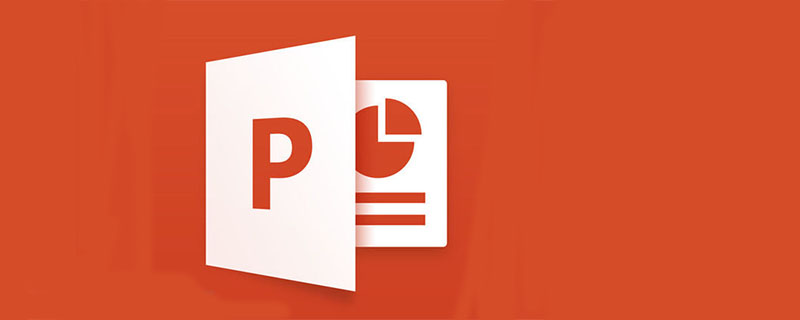Home >Common Problem >PPT building structure principles

## 亲: Organize a clear content structure (Recommended Learning: PHPSTORM )
## First of all, all isolated elements in PPT are classified according to the logical relationship of the content. Related content is put together and closer in distance. The tags are categorized and arranged neatly and clearly, which helps organize information, reduce confusion, and provide a clear structure. In addition, we can better distinguish levels by adding frames and lines.Intimacy makes related content closer in distance, making it easier to sort out the structure of the content.
Comparison: highlight the key words and sentences
The second step is to extract the subtitles of each part as a summary. This summary should be sufficiently different from the main text to attract attention. Commonly used contrast techniques include: increasing font size, changing colors, and contrasting color blocks. Different techniques are often used simultaneously. In addition, changing the shape is also a good contrast.Contrast, in order to highlight the conclusion and avoid the content on the page being too similar, elements (font size, size, color, shape, etc.) need to be changed.
Only with contrast can there be distinction between priority and secondary.Create exquisite vision
Nothing on the PPT can be placed randomly! There should be some visual connection between each element. This will give you a simple and clear look. Two pages of the same content, aligned or misaligned, will have a very different visual experience. PPT with aligned content is easy to read and looks more professional. The basic alignment methods are "left alignment", "right alignment" and "center alignment". Because the typesetting is left-right, the text on the left side is suitable for left alignment. We can check whether the page elements are really aligned by adding guides. Secondly, "horizontal distribution" and "vertical distribution". These two alignments refer to spacing.Align, by creating virtual lines, the page content becomes more organized, establishes visual connections, and facilitates reading.
Repeat: Unify the overall style of PPT
We often hear that "to make a PPT, you need to unify the fonts and colors", but do you know why we need to unify it? ? right! It is to form a unified style. As a visual design element, font color will definitely appear in many places throughout the PPT, so unifying it can increase organization. With the yellow and black color scheme and the cartoon characters, you can tell at a glance that it is the work of PPT master @Simon_Awen. This is the power of repetition! Continuous repetition can deepen the audience's impression. In addition, in company PPT templates, you can often see the company logo appearing repeatedly in a fixed position on each PPT page. This is also a repeated application. Duplicate objects are not limited to font color, but also shapes, lines, sizes, spatial relationships, etc.Repetition, the repeated use of visual design elements increases organization and forms a unified style.
The above is the detailed content of PPT building structure principles. For more information, please follow other related articles on the PHP Chinese website!